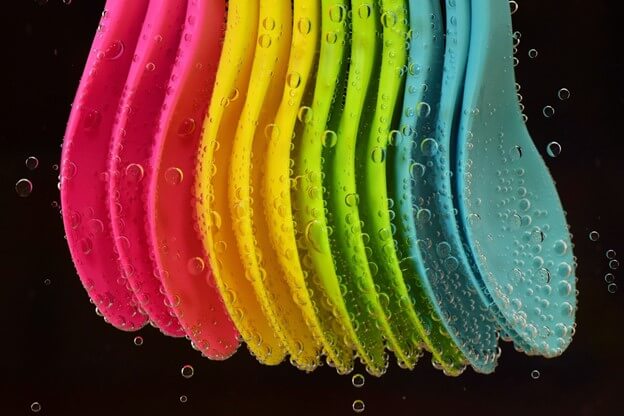
Polymers are found in all aspects of life, whether you know it or not. They can assume all different textures and stiffnesses, from plastic water bottles to glass. You even carry polymers around with you on your body.
Scientifically, a polymer is a material made from repeating macromolecules, and they can be either naturally occurring or synthetic.
Synthetic or man-made polymers are most often referring to a wide range of plastics. There are four types of man-made polymers, classified by how they are created. They are thermoplastics, thermosets, elastomers, and synthetic fibers.
Natural polymers are almost always produced by living creatures. Common examples are human hair, wool, spiderwebs, fingernails, and more. These polymers share roughly the same qualities with man-made polymers, in that they repel water, and are generally very durable.
Waterproofing products are almost always polymers
Polymers have become an effective and popular waterproofing material. This is due to several factors including adhesion to material and durability. In scientific terms, polymers are hydrophobic. While this doesn’t mean they are literally afraid of water, it does mean that they repel water instead of absorbing it. This is handy for containing water, like in a bottle or a straw, or in keeping water away, like in a raincoat or waterproofing a building.
Though most waterproofing polymers come in liquid form, they are also available in pebble or powder forms and can be used in a wide variety of applications.
These polymers can be heated, extruded, shaped, poured, or otherwise transformed into a wide range of waterproofing materials. These include waterproof sheeting from low to high grade and thickness, caulk and gels designed to be liquid for a short period of time to fill cracks and crevices before setting and becoming an effective water barrier. In some cases they can be poured into specific molds to create form fitting and water-moving channels that help keep a property dry by deflecting and removing the standing water that reaches the outside of the structure.
Polymers have a downside
Sadly, though, the fact that polymers are hydrophobic also means that they do not naturally biodegrade over time. Waste piles, oceans, and beaches often display discarded products made from polymers. While scientists look for enzymes that break polymers down and perfect the art of re-using them, we must be intentional about how we dispose of them
